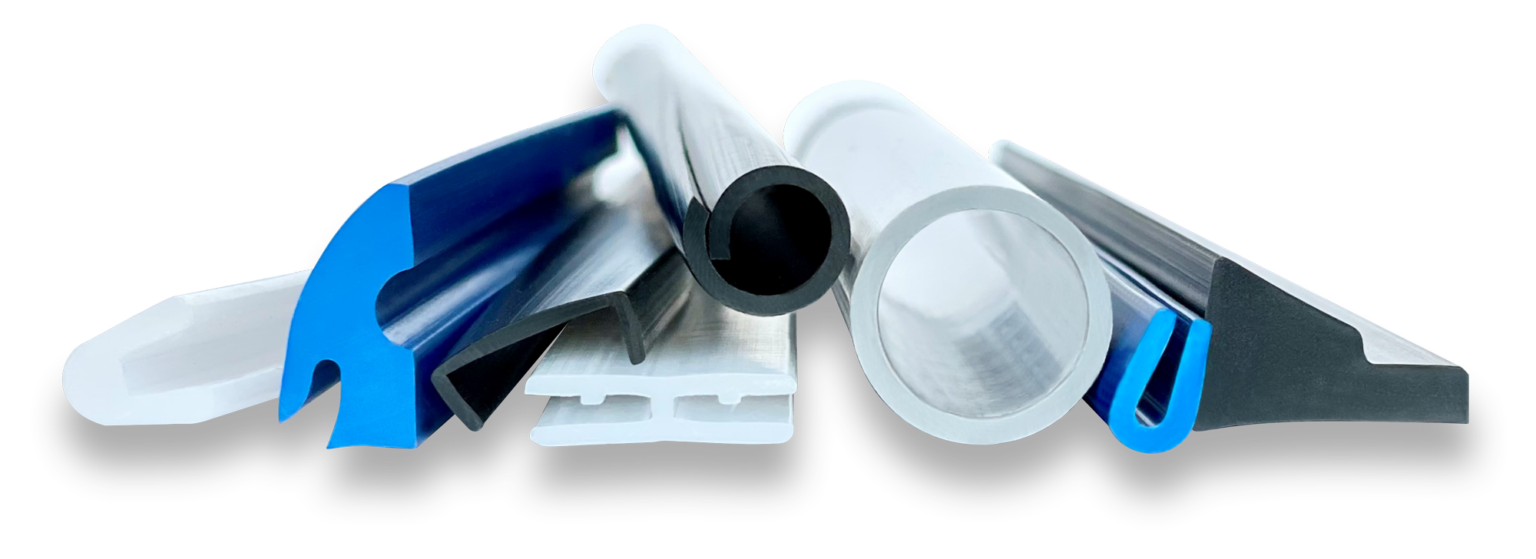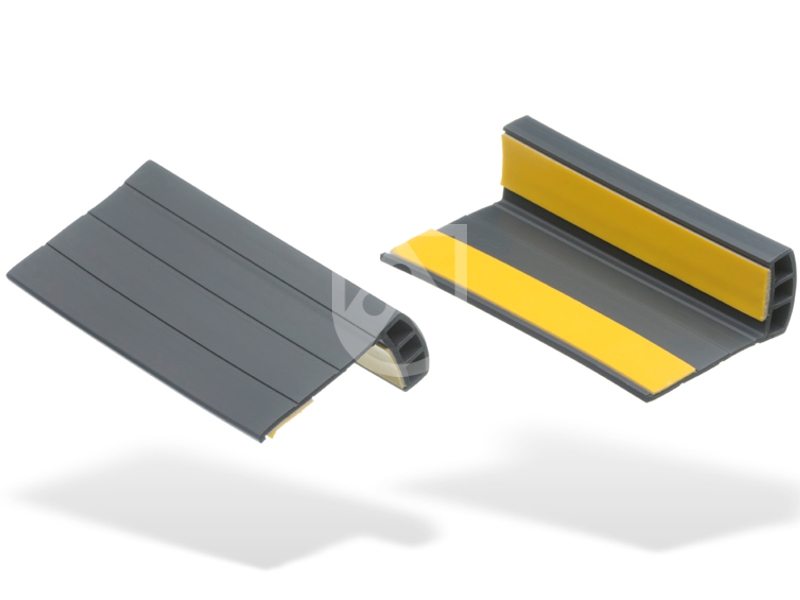A Comprehensive Guide to the Refine and Advantages of Plastic Extrusion
In the huge world of production, plastic extrusion emerges as a necessary and highly effective process. Altering raw plastic right into continuous profiles, it satisfies a myriad of sectors with its exceptional flexibility. This guide aims to elucidate the intricate steps associated with this method, the kinds of plastic suitable for extrusion, and the game-changing benefits it offers the market. The taking place conversation promises to unfold the real-world effects of this transformative process.
Recognizing the Essentials of Plastic Extrusion
While it might appear complicated at initial look, the process of plastic extrusion is basically easy - plastic extrusion. It is a high-volume manufacturing technique in which raw plastic is thawed and formed into a continuous profile. The procedure starts with the feeding of plastic product, in the type of granules, powders, or pellets, into a warmed barrel. The plastic is then thawed using a mix of heat and shear, used by a rotating screw. When the molten plastic gets to the end of the barrel, it is required through a small opening called a die, shaping it right into a wanted type. The shaped plastic is then cooled down, strengthened, and cut right into desired sizes, completing the process.
The Technical Process of Plastic Extrusion Explained

Sorts Of Plastic Suitable for Extrusion
The choice of the ideal kind of plastic is a crucial element of the extrusion procedure. Different plastics supply unique buildings, making them more suited to certain applications. Polyethylene, for instance, is typically utilized because of its low expense and simple formability. It uses superb resistance to chemicals and wetness, making it excellent for items like tubes and containers. Similarly, polypropylene is one more prominent choice due to its high melting point and resistance to fatigue. For more robust applications, polystyrene and PVC (polyvinyl chloride) are frequently selected for their strength and resilience. These are common alternatives, the option eventually depends on the particular requirements of the item being created. Understanding these plastic kinds can dramatically boost the extrusion process.
Comparing Plastic Extrusion to Various Other Plastic Forming Methods
Comprehending the sorts of plastic appropriate for extrusion leads the way for a more comprehensive discussion on exactly how plastic extrusion piles up versus various other plastic forming techniques. These consist of injection molding, impact molding, and thermoforming. Each method has its distinct usages and benefits. Shot molding, for instance, is superb for producing detailed site link components, while blow molding is ideal for hollow things like bottles. Thermoforming excels at developing shallow or big components. However, plastic extrusion is unparalleled when it concerns developing continual profiles, such as gaskets, seals, and pipes. It additionally allows for a constant cross-section along the length of the item. Therefore, the selection of method mostly depends upon the end-product demands and requirements.
Trick Benefits of Plastic Extrusion in Production
In the realm of manufacturing, plastic extrusion offers many significant benefits. One notable advantage is the cost-effectiveness of the procedure, that makes it a financially attractive production method. In addition, this strategy supplies remarkable product flexibility and enhanced manufacturing rate, thus increasing overall production effectiveness.
Economical Production Approach
Plastic extrusion jumps to the this website forefront as an affordable manufacturing technique in production. This process attracts attention for its capability to create high volumes of product quickly and efficiently, giving producers with significant cost savings. The primary cost benefit is the ability to utilize cheaper raw products. Extrusion utilizes polycarbonate products, which are much less costly compared to ceramics or metals. Better, the extrusion process itself is fairly straightforward, reducing labor expenses. In addition, plastic extrusion requires less energy than standard production methods, contributing to lower functional prices. The procedure also reduces waste, as any kind of faulty or excess products can be reused and recycled, offering an additional layer of cost-effectiveness. Overall, the monetary advantages make plastic extrusion a very attractive alternative in the manufacturing market.

Superior Item Versatility
Past the cost-effectiveness of plastic click here to find out more extrusion, another significant benefit in making lies in its superior product versatility. This makes plastic extrusion an ideal service for sectors that call for customized plastic elements, such as vehicle, building and construction, and packaging. In essence, plastic extrusion's product versatility cultivates technology while enhancing operational effectiveness.
Improved Manufacturing Rate
A significant advantage of plastic extrusion lies in its enhanced manufacturing speed. Few various other manufacturing procedures can match the speed of plastic extrusion. Additionally, the capacity to preserve consistent high-speed manufacturing without giving up product top quality establishes plastic extrusion apart from various other approaches.
Real-world Applications and Impacts of Plastic Extrusion
In the realm of manufacturing, the method of plastic extrusion holds extensive importance. The economic benefit of plastic extrusion, primarily its high-volume and economical outcome, has changed manufacturing. The market is constantly making every effort for technologies in eco-friendly and recyclable materials, suggesting a future where the advantages of plastic extrusion can be kept without jeopardizing environmental sustainability.
Conclusion
Finally, plastic extrusion is a reliable and extremely efficient technique of changing resources right into diverse products. It uses many advantages over other plastic forming techniques, including cost-effectiveness, high output, very little waste, and design versatility. Its effect is exceptionally felt in numerous sectors such as building and construction, vehicle, and durable goods, making it a pivotal procedure in today's manufacturing landscape.
Delving much deeper into the technological process of plastic extrusion, it starts with the choice of the appropriate plastic product. When cooled down, the plastic is reduced into the called for lengths or injury onto reels if the product is a plastic movie or sheet - plastic extrusion. Comparing Plastic Extrusion to Various Other Plastic Forming Techniques
Understanding the kinds of plastic suitable for extrusion leads the way for a more comprehensive discussion on just how plastic extrusion stacks up versus other plastic developing methods. Couple of other manufacturing procedures can match the rate of plastic extrusion.